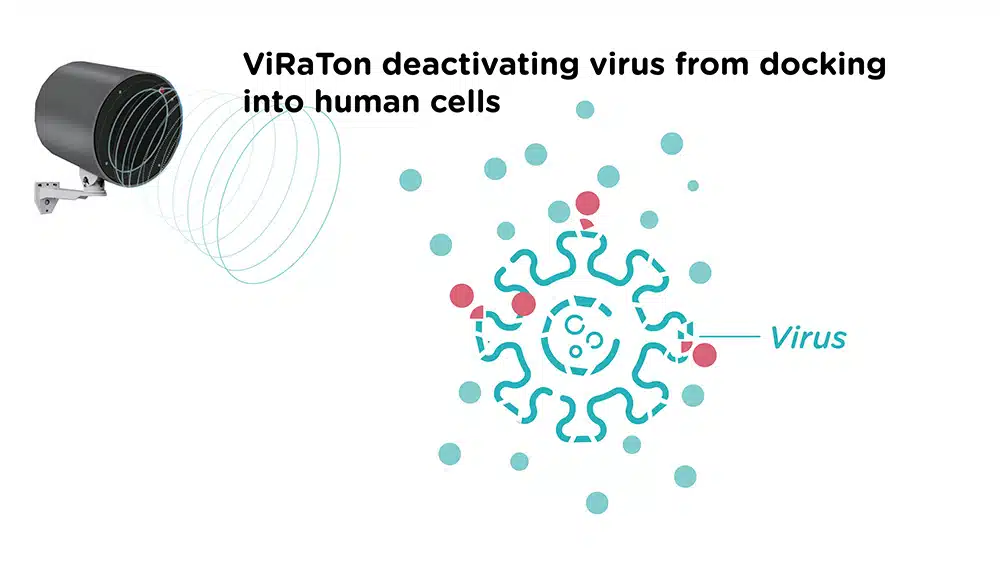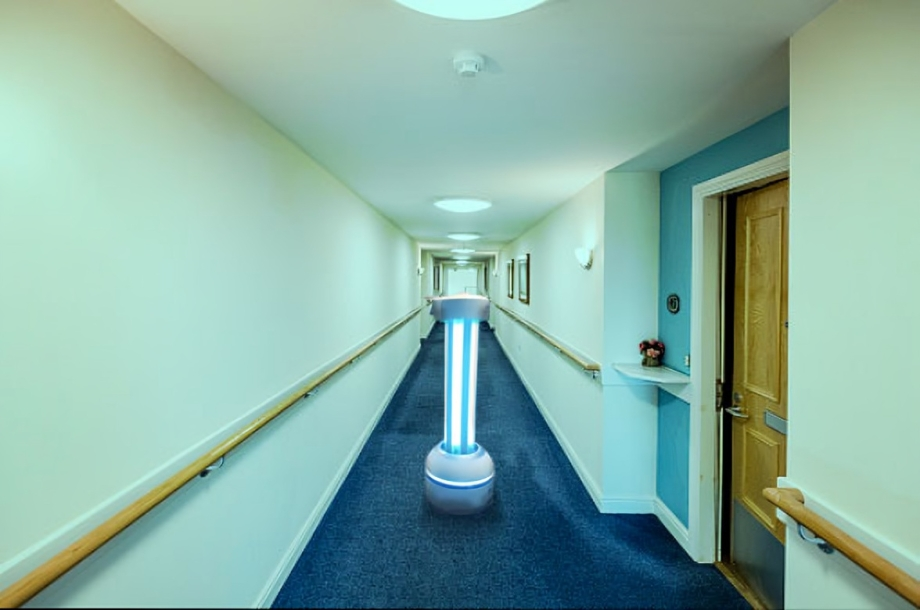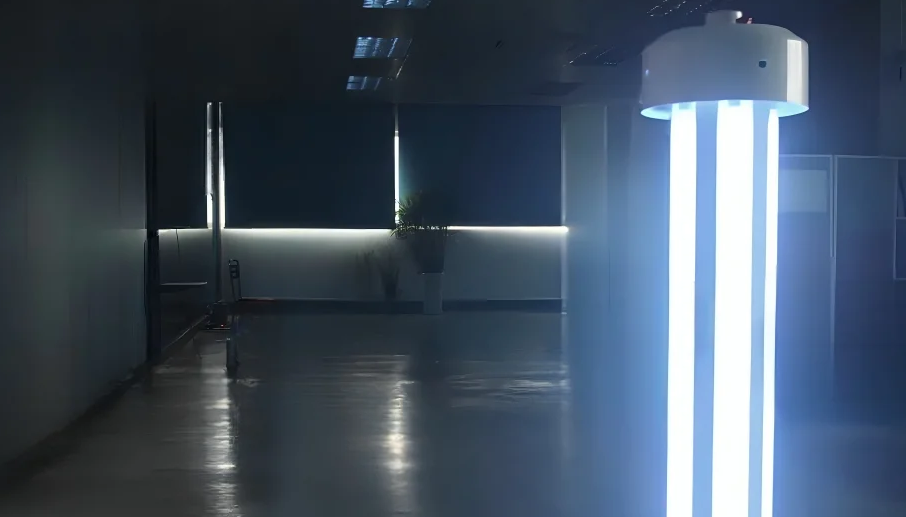Healthcare facilities face a constant challenge in protecting patients and staff from airborne pathogens. While surface cleaning and manual disinfection protocols are vital, they do not fully address the risk of microorganisms that remain suspended in the air. Influenza, coronaviruses and other airborne pathogens can travel through droplets or aerosols, spreading infections quickly across wards, waiting rooms and staff areas.
This reality creates the need for airborne disinfection machines, designed to provide continuous, safe and chemical-free protection. Unlike traditional cleaning methods that only deal with surfaces, these systems target both air and surfaces, ensuring a more complete approach to infection prevention.
Why Airborne Disinfection Matters in Healthcare
Hospital-acquired infections (HAIs) are not only spread through contact with contaminated surfaces but also through the air. Patients with respiratory infections can release droplets that linger and contaminate the environment. Air conditioning and ventilation systems can then distribute these pathogens throughout wards and clinics.

Key challenges include:
- Manual cleaning cannot reach airborne microorganisms.
- Chemical sprays are unsafe for continuous use in occupied spaces.
- Ventilation systems often recirculate contaminated air without neutralising pathogens.
Without an airborne disinfection solution, healthcare facilities remain vulnerable to hidden transmission routes.
Continuous Protection with Photon Electron Technology

One of the most advanced solutions for airborne infection control is ViRaTon, powered by Photon Electron Technology. Unlike conventional UV devices, ViRaTon is specifically designed for continuous operation in occupied rooms, making it safe for patients and staff.
How it works:
Photon Electron Technology emits photoelectrons that deactivate viruses by disrupting their spike proteins. This process neutralises coronaviruses and other airborne pathogens without chemicals, ozone or harmful by-products.
Benefits of ViRaTon include:
- Safe for occupied rooms – can run in ICUs, wards and waiting areas.
- 24/7 protection – no need to interrupt normal hospital operations.
- Chemical-free process – safe for patients, staff and sensitive medical equipment.
- CE Class I certification – independently validated for healthcare use.
Applications in Healthcare Facilities

Patient Wards: Continuous disinfection lowers cross-contamination risks between patients.
Intensive Care Units (ICUs): Protects vulnerable patients who are at higher risk of airborne infections.
Waiting Areas and Reception: High-traffic zones where patients and visitors congregate benefit from constant pathogen reduction.
Operating Theatres (between use): Complements deep cleaning cycles, maintaining air quality and reducing microbial load.
Comparing Airborne Disinfection to Other Methods
| Method | Effectiveness | Safety | Practical Use | Sustainability |
|---|---|---|---|---|
| Manual Cleaning | Targets surfaces only | Chemicals can be hazardous | Requires frequent labour | Chemical waste generated |
| Air Purifiers | Limited to particle filtration | Safe but does not inactivate viruses | Needs regular filter changes | Ongoing consumable costs |
| Chemical Misting | Can cover air and surfaces | Unsafe for people present | Requires room evacuation | Not sustainable |
| Airborne Disinfection Machine (Photon Electron) | Inactivates viruses in air and surfaces | Safe for occupied rooms | 24/7 continuous use | No chemicals required |
Why Healthcare Facilities Adopt Airborne Disinfection Machines
- Reduced infection risks through continuous air and surface protection.
- Improved patient safety in critical wards and high-traffic spaces.
- Compliance with infection control standards supported by CE certification.
- Operational efficiency since disinfection runs alongside routine care.
- Long-term sustainability with a chemical-free approach.

By combining UVC disinfection robots for rapid surface sterilisation and airborne disinfection machines like ViRaTon for continuous in-room protection, healthcare facilities can achieve a layered defence against HAIs.
Tell Us What You’re Looking For
Let us understand your needs – we’ll recommend the best match.
Frequently Asked Questions
How is airborne disinfection different from surface cleaning?
Surface cleaning removes visible dirt and pathogens on objects, while airborne disinfection machines target microorganisms suspended in the air, offering more comprehensive protection.
Can airborne disinfection machines replace manual cleaning?
No. They are designed to complement manual cleaning and UVC disinfection robots, ensuring both air and surfaces remain pathogen-free.
Which hospital areas benefit most from airborne disinfection?
Wards, ICUs, operating theatres, waiting rooms and staff areas benefit most from continuous air and surface disinfection.
Does continuous operation increase costs?
No. Since the system runs without chemicals or consumables, operational costs remain low compared to chemical disinfection methods.

